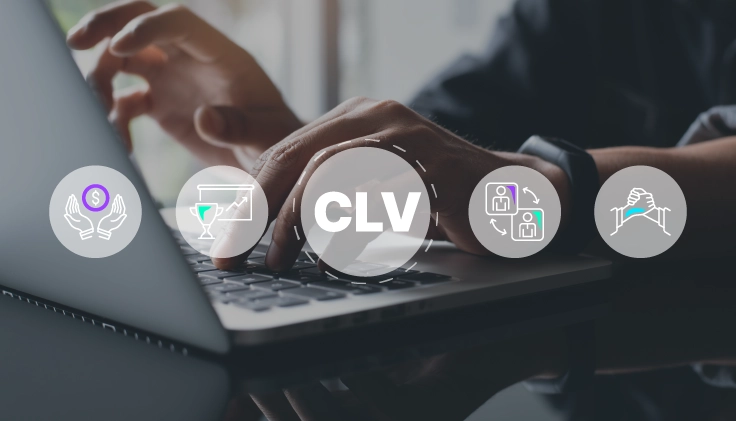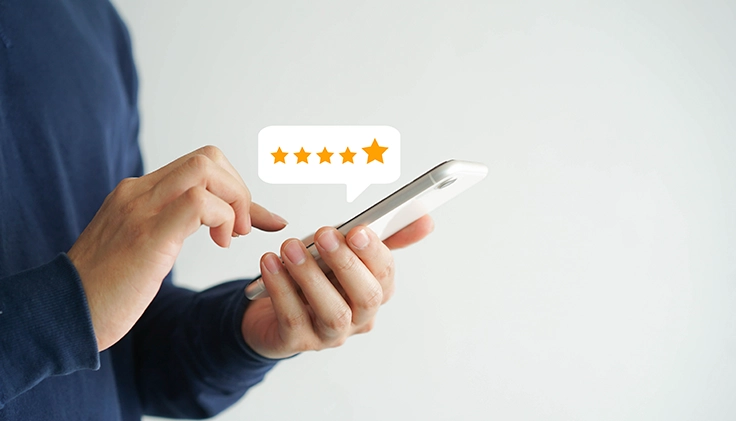Discover the critical insights into what constitutes a good customer lifetime value (CLV) for sustainable business growth. Learn the importance of CLV, how to calculate it, and strategies to enhance it for long-term success.

Navigating the complexities of customer relationships and their value to your business can be daunting. What is a good customer lifetime value (CLV)? This question lingers in the minds of many business owners and marketers seeking to enhance their customer engagement and retention strategies. With this guide, we’ll demystify CLV, offering you a comprehensive understanding and actionable strategies to maximize it, using insights from WinBack and integrating knowledge from Brax.io to provide a well-rounded perspective on customer acquisition and retention.
What is Customer Lifetime Value (CLV)?
At its core, customer lifetime value represents the total revenue a business can reasonably expect from a single customer account throughout their relationship with the company. It’s a cornerstone metric that not only highlights the long-term value of customers but also guides strategic decisions in marketing, sales, and customer service.
The Importance of Understanding CLV

Understanding what is a good customer lifetime value (CLV) is not just about recognizing a number; it’s about unlocking the potential for sustainable growth and profitability within your business. When you grasp the essence of CLV, you’re equipped to make strategic decisions that directly impact your bottom line.
Firstly, knowing the CLV helps in optimizing your customer acquisition costs (CAC). It’s a balancing act: spend too little, and you miss out on valuable customers; spend too much, and your profits dwindle. By understanding CLV, businesses can fine-tune their marketing investments to ensure they’re not overspending to acquire customers whose lifetime value doesn’t justify the initial outlay.
Furthermore, a deep understanding of CLV enables targeted marketing efforts. Not all customers are created equal; some will naturally have a higher CLV due to their purchasing behavior, loyalty, or engagement level. By identifying these high-value customers, businesses can tailor their marketing strategies to nurture and retain these profitable segments, ensuring a higher return on investment.
Moreover, understanding CLV aids in resource allocation across the business. It allows companies to prioritize investments in product development, customer service, and retention strategies that are most likely to increase the CLV. This strategic allocation of resources fosters a customer-centric approach, leading to improved customer satisfaction and loyalty.
Lastly, CLV is pivotal for long-term planning. It provides a forecast of the revenue a customer will generate, which is crucial for budgeting, forecasting, and overall business strategy. Businesses can set more accurate growth targets and plan expansion strategies with a clear understanding of CLV.
How to Calculate CLV

Calculating customer lifetime value involves a few key steps that blend historical data with predictive analytics. Here’s a breakdown of the process:
- Average Purchase Value: Start by dividing the total revenue over a set period by the number of purchases during the same period. This figure gives you the average value of each purchase.
- Purchase Frequency: Calculate how often an average customer makes a purchase within that period. This is done by dividing the number of purchases by the number of unique customers who made those purchases.
- Customer Value: Multiply the average purchase value by the purchase frequency to determine the average customer value.
- Average Customer Lifespan: Estimate the average number of years a customer continues purchasing from your business. This can be derived from historical data based on how long customers have remained active before churning.
- CLV: Multiply the customer value by the average customer lifespan. This gives you the CLV, representing the total revenue you can expect from an average customer over the duration of their relationship with your company.
- Subtract CAC: To get a net value, subtract the cost of acquiring and serving the customer from the CLV. This adjustment provides a clearer view of the true profit each customer brings to your business.
The Role of CLV in Business Strategy
- Budget Allocation: Knowing the CLV helps in strategically allocating marketing budgets to areas with the highest return on investment.
- Customer Segmentation: Identifying high CLV customers allows for targeted marketing efforts and personalized experiences.
- Enhancing Customer Experiences: Understanding CLV encourages businesses to invest in customer satisfaction and retention programs.
Enhancing Customer Lifetime Value: A Step-by-Step Guide

- Improving Customer Service: Exceptional customer service can significantly increase repeat purchases. Tools and strategies from WinBack emphasize proactive customer engagement and satisfaction.
- Leveraging Personalization: Personalized marketing efforts lead to higher customer engagement rates. Utilizing data analytics to understand customer preferences is key.
- Implementing Loyalty Programs: Loyalty programs incentivize repeat purchases, increasing CLV. Offering exclusive benefits can foster a deeper connection with your brand.
- Optimizing Product Offerings: Regularly updating and tailoring your product offerings based on customer feedback and preferences can enhance satisfaction and retention.
Transitioning from Acquisition to Retention: The Brax.io Connection
While acquiring new customers is essential, retaining them contributes significantly to a good CLV. In this context, Brax.io‘s insights on efficient ad spend management complement WinBack’s focus on customer retention. By balancing acquisition and retention efforts, businesses can achieve a sustainable growth trajectory.
The Significance of a Good CLV: Industry Benchmarks
Different industries have varying benchmarks for what constitutes a good CLV. Generally, a CLV that is three times greater than the cost of acquiring a customer is considered healthy. However, aiming for higher ratios can lead to more robust business growth.
People Also Ask
- What factors influence customer lifetime value?
-
- Customer satisfaction, product quality, brand loyalty, and the effectiveness of retention strategies are key factors influencing CLV.
- How often should I review my CLV?
- Reviewing CLV on a quarterly basis can help businesses adjust their strategies in line with customer behavior and market trends.
- Is there a direct link between CLV and company profitability?
- Yes, a higher CLV generally correlates with increased profitability, as it indicates a more efficient use of resources in acquiring and retaining customers.
- How can I increase my CLV?
- Focus on enhancing customer satisfaction, personalizing customer experiences, and implementing effective retention strategies.
- Why is CLV important for small businesses?
- For small businesses, understanding and optimizing CLV can lead to more efficient use of limited resources, fostering sustainable growth and competitiveness.
What is a good customer lifetime value? Ultimately, it’s a metric that reflects the health and potential longevity of your business relationships. By focusing on strategies that enhance CLV, such as those provided by WinBack, and understanding the balance between acquisition and retention with insights from Brax.io, businesses can secure a sustainable growth path. Remember, investing in your customers is investing in the future of your business.
 Reading time about
4min
Reading time about
4min
